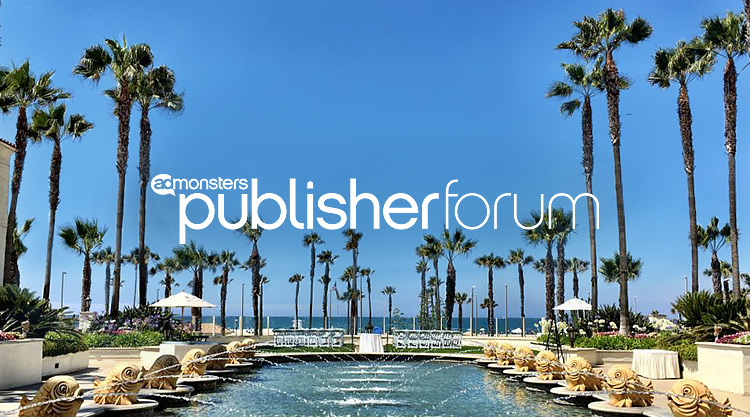Many publisher teams we speak with routinely put ad quality among the top issues. Yet, the nuances and ways to solve for this are not well understood. PubMatic is passionate about improving ad quality for our clients and the programmatic ecosystem. Here we’ll cover the most common misconceptions about ad quality, and some of the best ways to tackle the problem head on.
When we talk about ad quality, what do we mean?
Quality can cover anything from advertiser category mapping to malicious creatives. We’ll focus on creative quality types (i.e. still banner, gif, in-banner video, auto-audio, etc.) and malicious content rendered through an ad.
Myth #1: Ad quality is a 100% solvable problem
The most common, and maybe most damaging of myths, is that ad quality management can be solved completely. Much like inventory quality and inventory fraud, as soon as the industry comes out with one solution, the bad actors find a way to circumvent the system. It’s like a game of “whack-a-mole.” The goal is to use all tools available to you to be as close to 100 percent solved as possible.
How do you do that? If you’re a tech provider like PubMatic, the best way is through a combination of partners and a build approach. We hold ourselves accountable by partnering with recognized global third-party vendors, like Confiant, to rescan our creatives and block whatever they’ve also flagged. We have also built our own technology to scan creatives that hit our platform, categorize their attributes, and block or allow them through to the publisher’s page, depending on their individual settings.
Myth #2: Risk across SSPs is the same
Unlike something like open marketplace RTB protocol, there’s no IAB-standardized, totally clear way to go about solving for ad quality. This means each SSP is left to their own devices to decide for themselves how to solve for this.
Some may only partner with a third-party detection vendor, others may only use their own tools, and some, like PubMatic, take a hybrid approach. Ultimately, the best way for a publisher to trust the SSP’s ability to manage ad quality is to understand their solutions and decide for themselves if they’ve taken a deep and comprehensive approach.
Myth #3: Allowlists alone will protect me
If your users are extraordinarily sensitive to ad quality and you would prefer to accept potentially lower programmatic revenue rather than risk an ad quality violation, you might conclude that you should hand-pick which advertisers to allow. In other words, you may want to identify a list of trusted brands that cover a majority of your spend, and allow only those brands ads to run.
Unfortunately, this won’t get you very far in blocking quality violations. First, a bad actor can attach malicious content to an unsuspecting advertiser. That’s where detection tools have a big impact in ensuring quality. Second, even if the brand itself is safe, the creative type they are using may still not align with what your users are willing to accept (for instance, a creative with auto video playing, not click-to-play).
So how do I best protect myself as a publisher?
Extra sensitive publishers can partner with a third-party, as an additional verification point, before serving a creative. Though ultimately, protecting yourself against ad quality violations at scale requires choosing SSP partnerships whose solutions you have vetted and trust.
Want to know more?
PubMatic is fighting the good fight and taking measured steps to further improve ad quality, inventory quality and reduce fraud in the programmatic landscape. If you would like to know more about our solutions, check them out here or let us know how we can partner with you.




